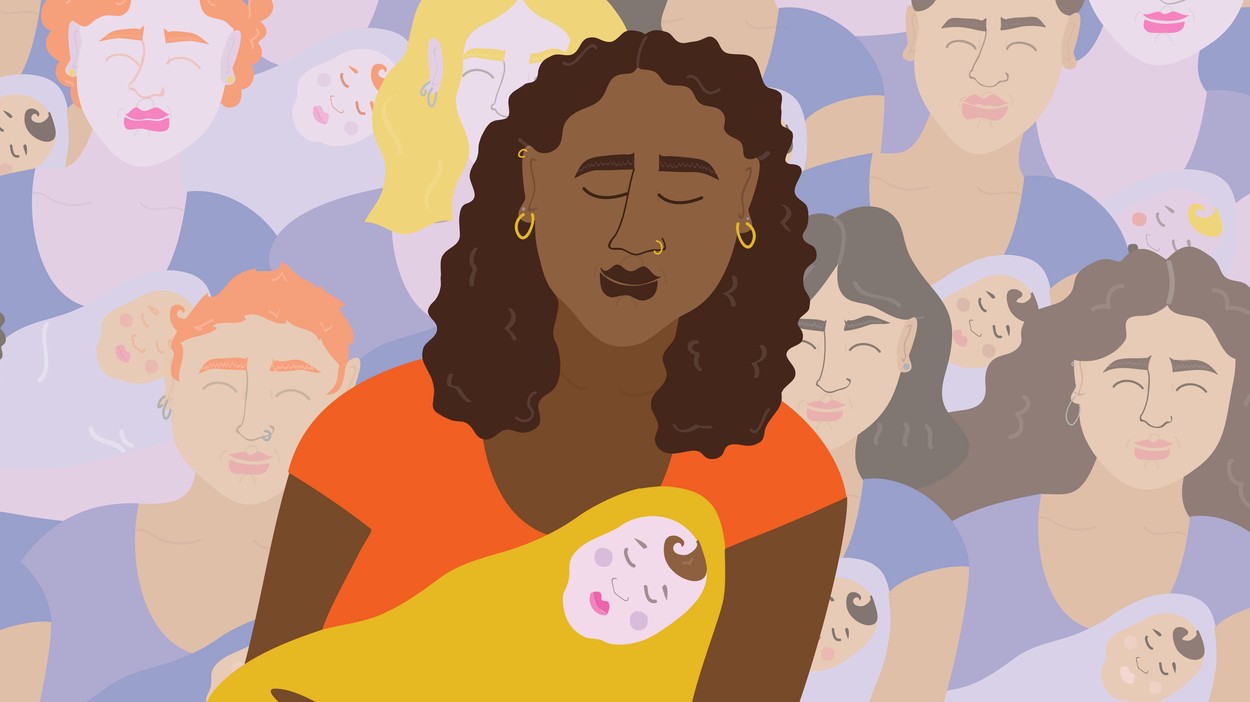Becoming White: The Experience of Raising Biracial ChildrenPosted in Articles, Family/Parenting, Identity Development/Psychology, Media Archive, United States on 2018-03-18 21:48Z by Steven |
Becoming White: The Experience of Raising Biracial Children
Psychology Today
2018-02-23
Tiffany McLain LMFT
San Francisco, California

Source: Carlos Enrique Santa Maria/123rf
How the racial identity of white mothers is shaped by parenting biracial kids.
Over the past few months, I have been exploring parenthood through the lens of white mothers who are raising biracial children. As a therapist in San Francisco who specializes in working with individuals who straddle cultural, racial and economic worlds, it has been my pleasure to go back to the beginning, so to speak, and have conversations with the mothers of children who may one day sit across from me as they seek to understand how the patterns established in their youth are playing out today in their personal and professional lives.
I’ve been most surprised to learn about the ways in which becoming a parent to a child ‘of color’ has caused these mothers to re-conceptualize what it means to be “white.” While many of the women I interviewed have thought about their racial identity in passing, it wasn’t until they experienced race first hand through this unique lens of parenthood that they really began thinking about the nuances of race relations in America. For many of them, they became aware that they had been thinking of themselves almost as “neutral,” or the “default,” that is, lacking a racialized body—until they had children of their own.
With a thoughtfulness that inspired me, these mothers were willing to reflect openly on the ways they had unwittingly participated in racist systems. The act of having a biracial child shed light on aspects of their own identity that had previously been locked away…
Read the entire article here.








